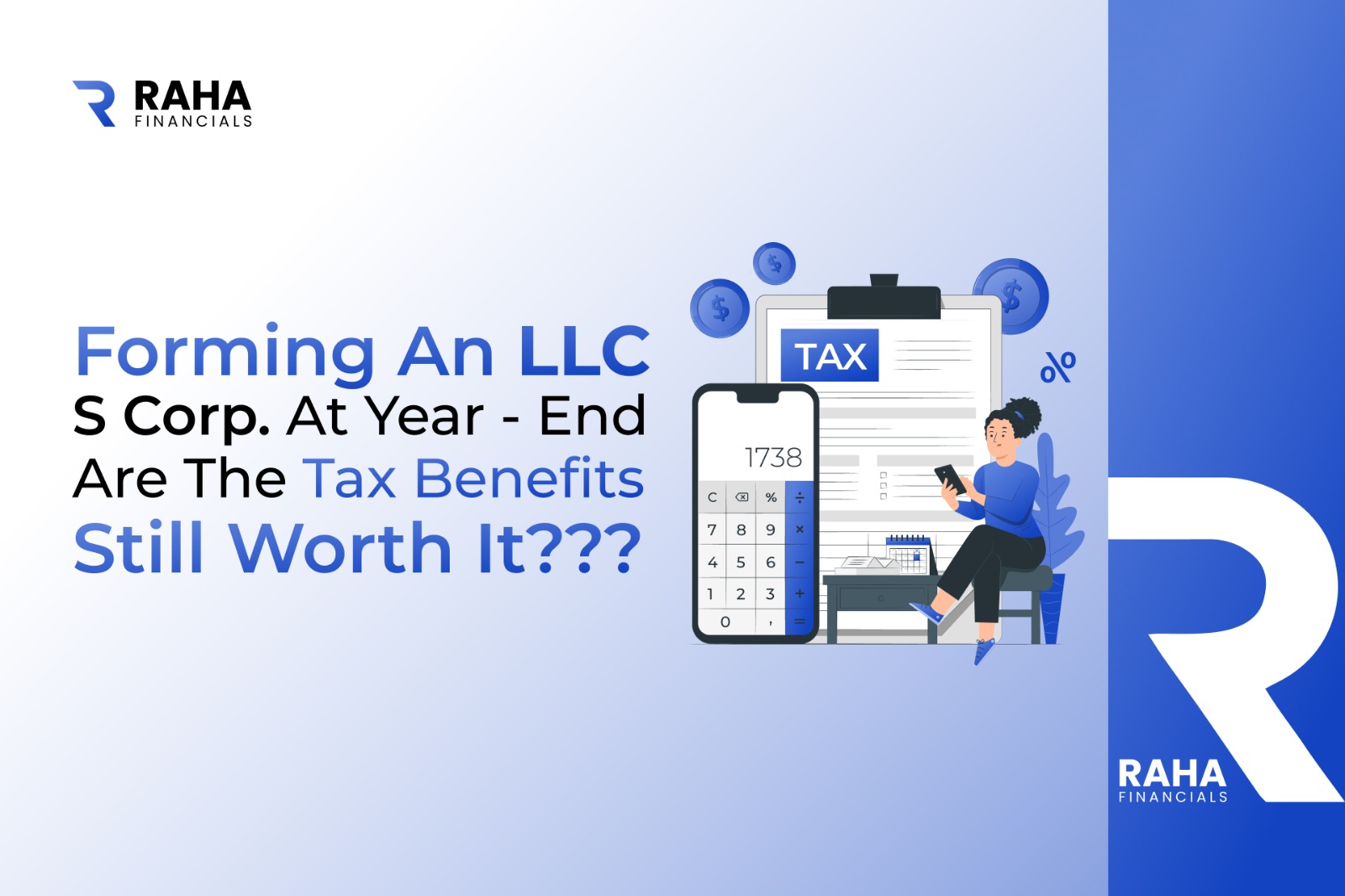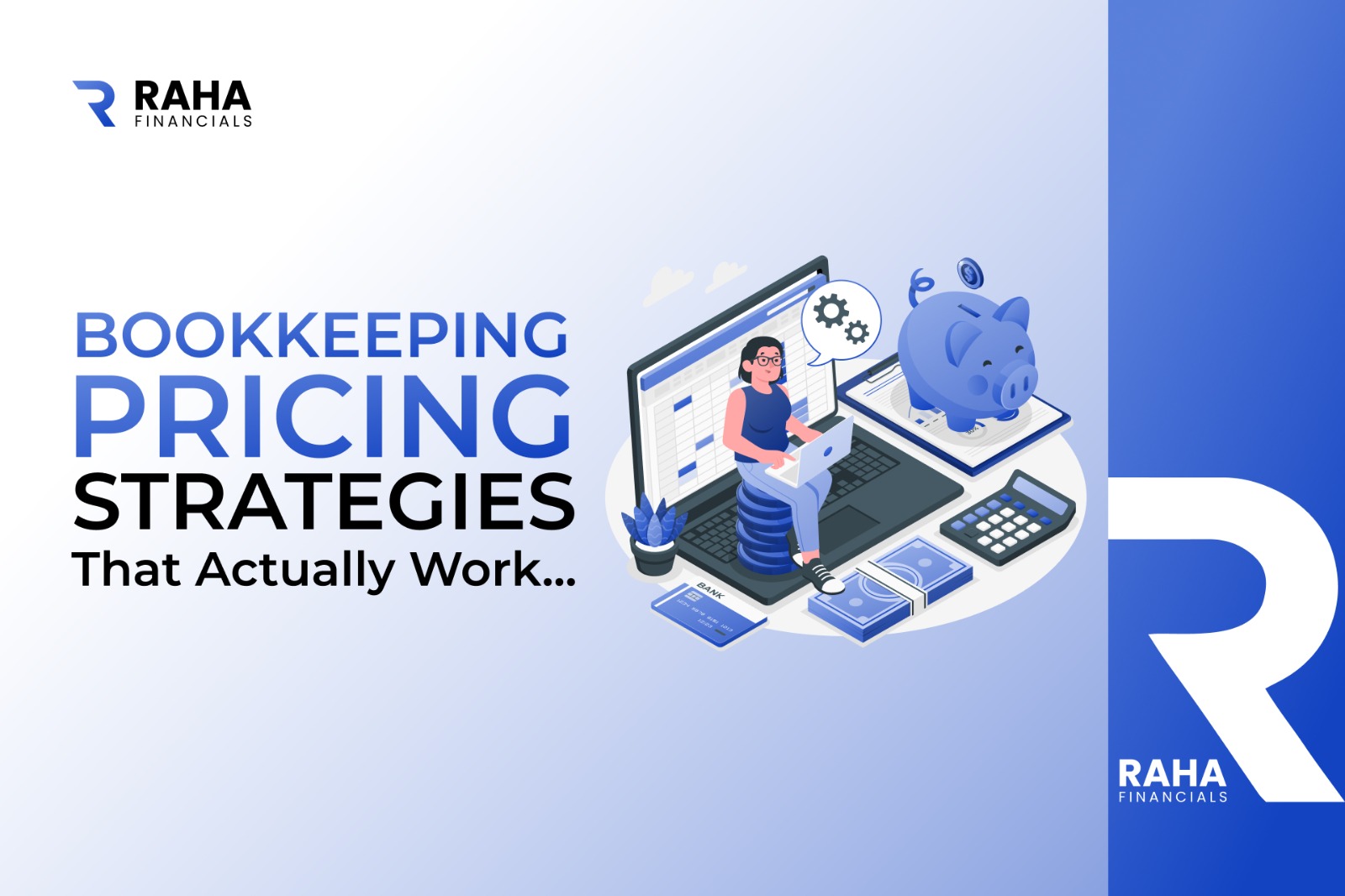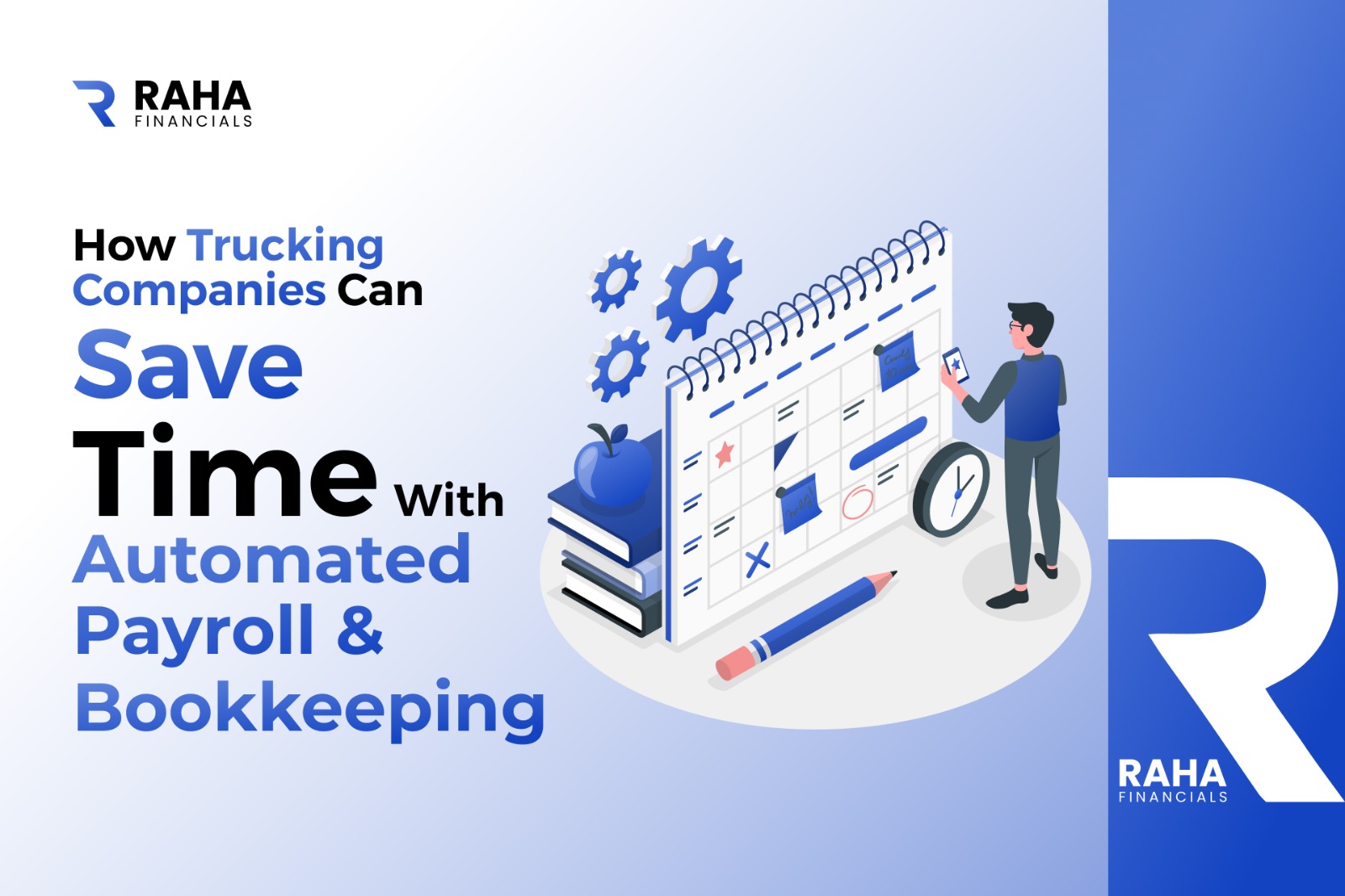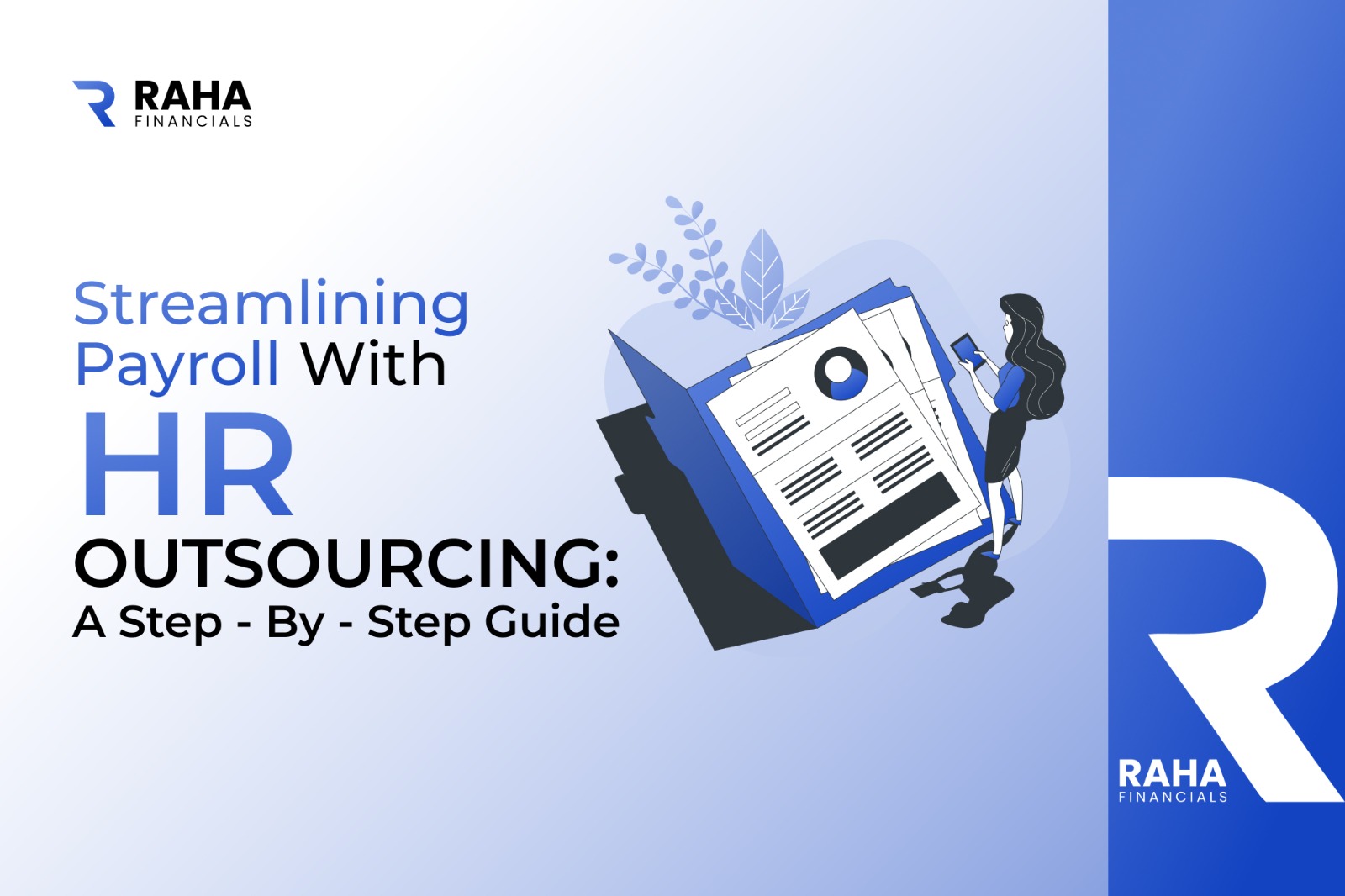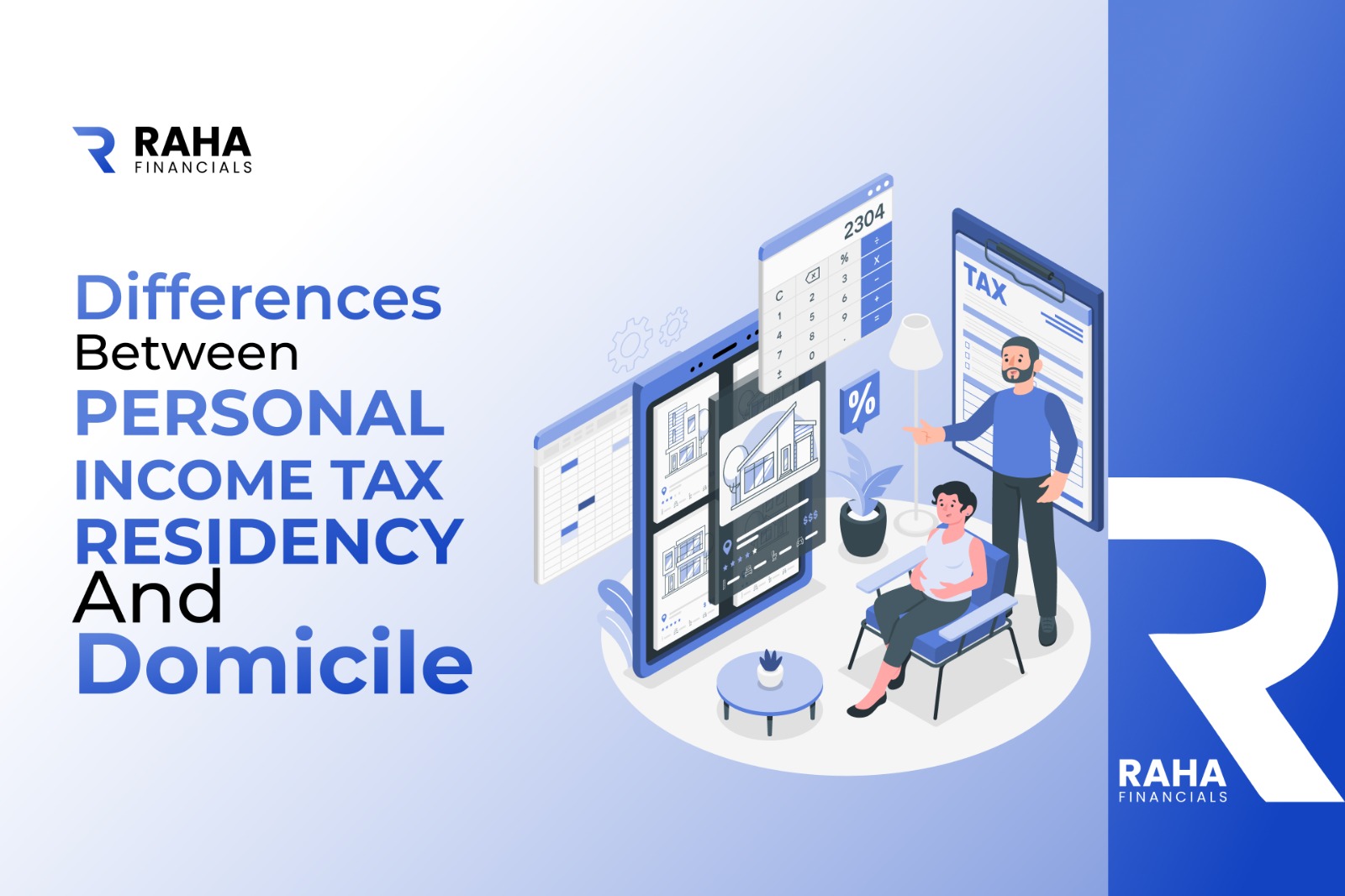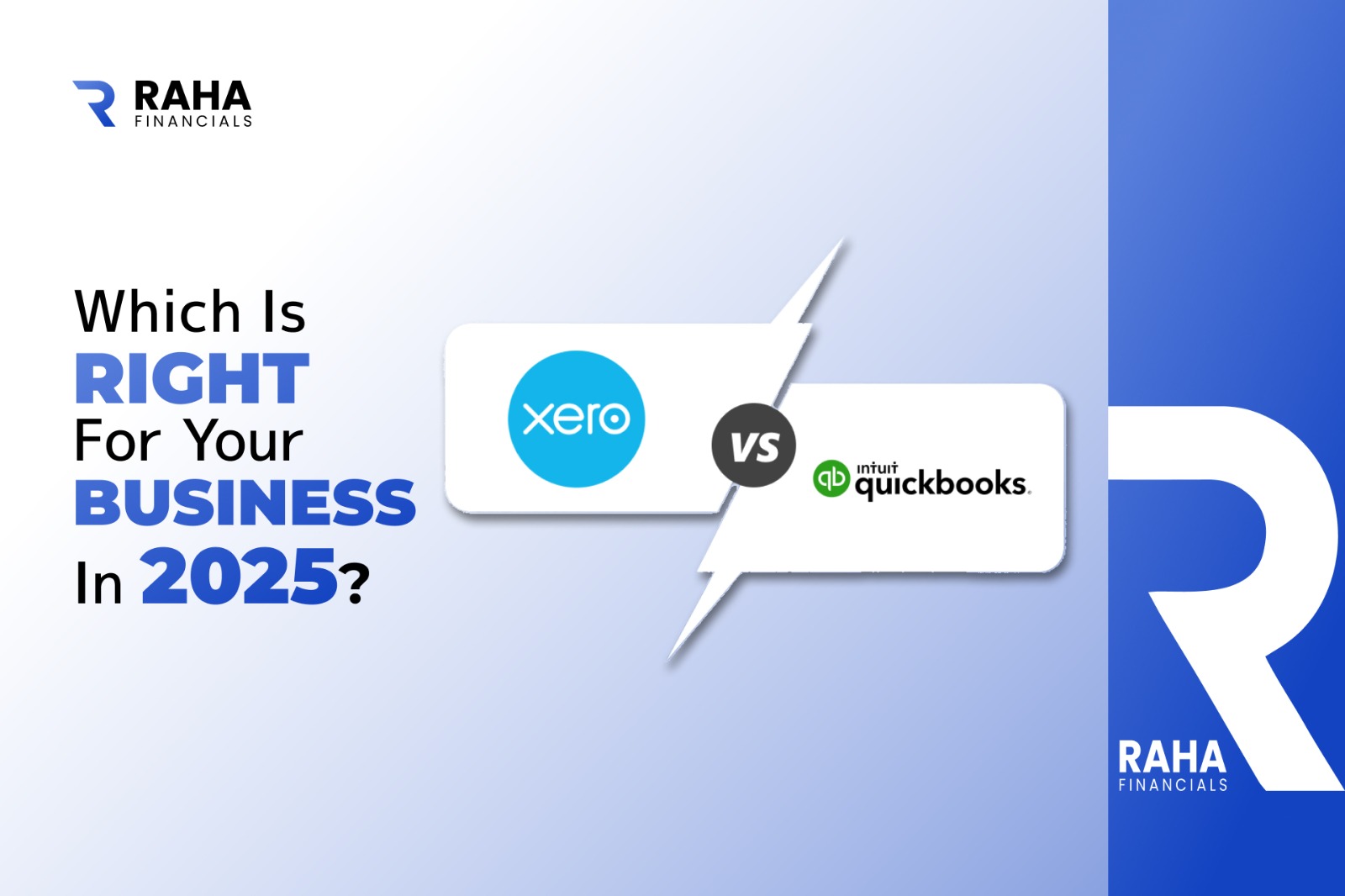Nonprofits face unique financial challenges that for-profit businesses don’t. One of the biggest is managing donations with restrictions while staying transparent with donors and regulators. This is where fund accounting becomes essential. If you’re a nonprofit leader or accountant struggling with complex record-keeping, setting up a proper fund accounting system is your key to success.
In this guide, we’ll walk you through exactly how to set up fund accounting for your nonprofit, helping you tackle common NGO accounting challenges with confidence.
Why Fund Accounting Is Crucial for Nonprofits?
Unlike businesses that focus on profitability, nonprofits focus on accountability. Donors, grantors, and government agencies need to see that their contributions are used properly. Fund accounting allows nonprofits to:
- Track how money is restricted and spent
- Maintain transparency for donors
- Meet compliance and reporting standards
- Make better financial decisions
Failing to implement fund accounting can result in lost donor trust, failed audits, and even legal trouble.
Step 1: Understand the Basics of Fund Accounting
First, it’s important to know what makes fund accounting different.
- Funds represent different buckets of money for specific purposes (e.g., grants, building funds, scholarships)
- Each fund must be tracked separately, even though they share the same bank account
- Fund accounting focuses on accountability, not profitability
[Learn more about the basics of fund accounting for NGOs.]
Step 2: Choose Fund Categories Carefully
Every nonprofit’s funds are different, but here are the common categories:
- Unrestricted Funds: Donations your organization can use at its discretion
- Temporarily Restricted Funds: Donations for a specific program or time period
- Permanently Restricted Funds: Endowments or funds that must be maintained forever
Proper categorization helps avoid nonprofit accounting challenges when generating reports or filing taxes.
Step 3: Select the Right Accounting Software
Your software must be built for fund accounting, not general small business accounting.
Look for:
- Multiple fund tracking
- Grant management features
- Donor restriction tracking
- Customizable financial reports
Recommended Fund Accounting Software for NGOs:
- QuickBooks for Nonprofits
- Aplos
- Blackbaud Financial Edge
- Sage Intacct
Using the right tools reduces human error and saves countless hours at audit time.
Step 4: Create a Clear Chart of Accounts
Your chart of accounts is the backbone of your financial system. It needs to support fund accounting properly.
Best Practices:
- Set up revenue, expense, asset, and liability accounts for each fund
- Label accounts clearly (e.g., “Grant Income: XYZ Foundation”, “Program Expenses: Youth Services”)
- Avoid duplication but ensure detailed tracking
A well-organized chart makes it easy to generate fund-specific reports.
Step 5: Establish Internal Controls
To maintain accuracy and prevent misuse of funds, nonprofits need strong internal controls.
Essential Controls:
- Require dual approvals for expenses
- Separate duties (e.g., bookkeeping vs. bank deposits)
- Monthly bank reconciliations
- Regular review of financial reports by leadership
Internal controls protect your organization’s reputation and ensure grant compliance.
Step 6: Track Fund Activity in Real Time
It’s not enough to track restricted donations only when reporting season arrives. Keep up with it daily or weekly.
- Post incoming donations immediately to the correct fund
- Allocate expenses accurately to corresponding funds
- Monitor fund balances regularly to prevent overspending
Tip: Set up dashboards in your accounting software to monitor fund balances at a glance.
Step 7: Generate Fund-Specific Reports
Reporting by fund is crucial for:
- Donor reporting
- Grant compliance
- Annual audits
- Internal decision-making
Key reports include:
- Statement of Financial Position (Balance Sheet) by Fund
- Statement of Activities (Income Statement) by Fund
- Fund balance summary reports
These reports show exactly how donations are being used, which builds donor trust.
Step 8: Train Your Staff and Volunteers
Nonprofit accounting challenges often arise when staff don’t understand fund tracking.
Training Topics:
- How to code expenses to the correct fund
- Importance of accurate record-keeping
- Overview of internal controls
Training ensures consistency and reduces mistakes that can lead to compliance issues.
Step 9: Prepare for Audits Early
NGO accounting must be audit-ready at all times.
Audit Preparation Tips:
- Maintain clean, organized records
- Document grant agreements and donor restrictions
- Conduct mini-audits quarterly to catch issues early
A good audit strengthens your nonprofit’s reputation and eligibility for future funding.
Step 10: Partner with Fund Accounting Experts
Setting up fund accounting is complex. Getting professional help is often the smartest move.
- Hire a nonprofit accountant to set up or review your system
- Outsource bookkeeping and fund tracking if needed
- Consult a CPA specializing in nonprofit financial audits
[Contact our team of nonprofit accounting experts] for personalized assistance with fund setup, tracking, and reporting.
Conclusion: Build a Stronger Nonprofit with Proper Fund Accounting
Fund accounting is not just a financial requirement — it’s a vital part of your mission’s success. Setting up a strong system early on helps you overcome common nonprofit accounting challenges, maintain donor trust, and ensure long-term sustainability.
Ready to simplify your NGO accounting and master fund tracking? Reach out to us today to get started with expert support tailored to nonprofits like yours.

